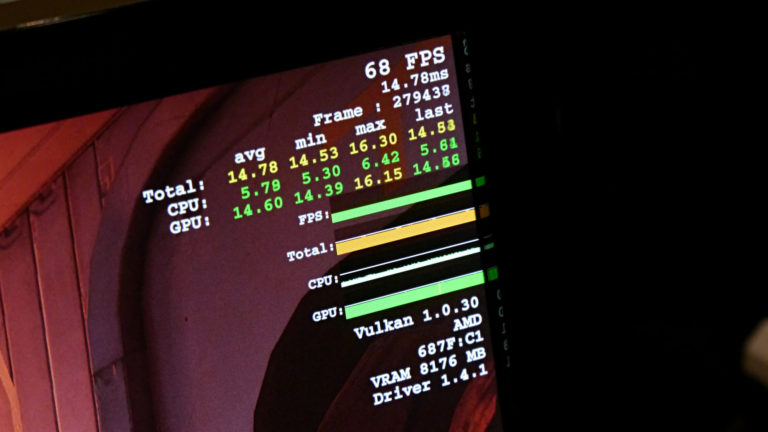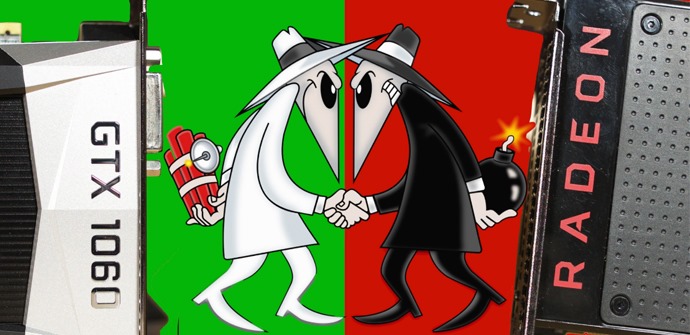Guide: What is the minimum processor recommended for each graphic card?
One of the matters that worries most of the users when configuring a new PC is the known topic of the bottleneck originated by the CP, something understandable since each graphic card may have determined requirements and may need a processor of lower or higher capacity.
Beforehand, I would like to clarify in a vast and transparent way what the bottleneck originated by the CPU is, since it is a big enough topic and I believe that not everyone has completely understood it, not even after reading this publication, that I believe you should read.
This bottleneck implies that one or more of the components offers a lower performance to the one provided by other system elements, and as they are supposed to work together with these, they are slowing or limiting their true potential. This is the simplest definition I can provide.

